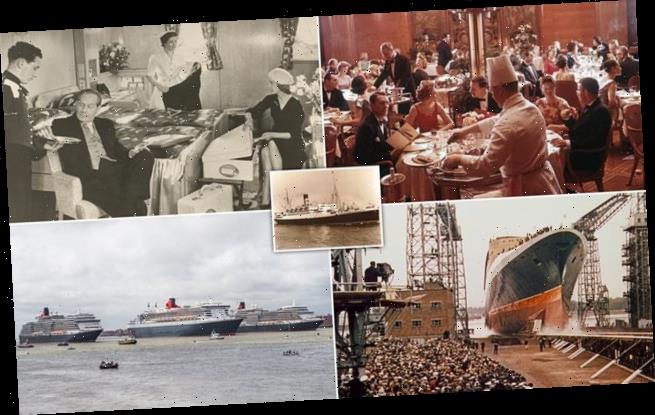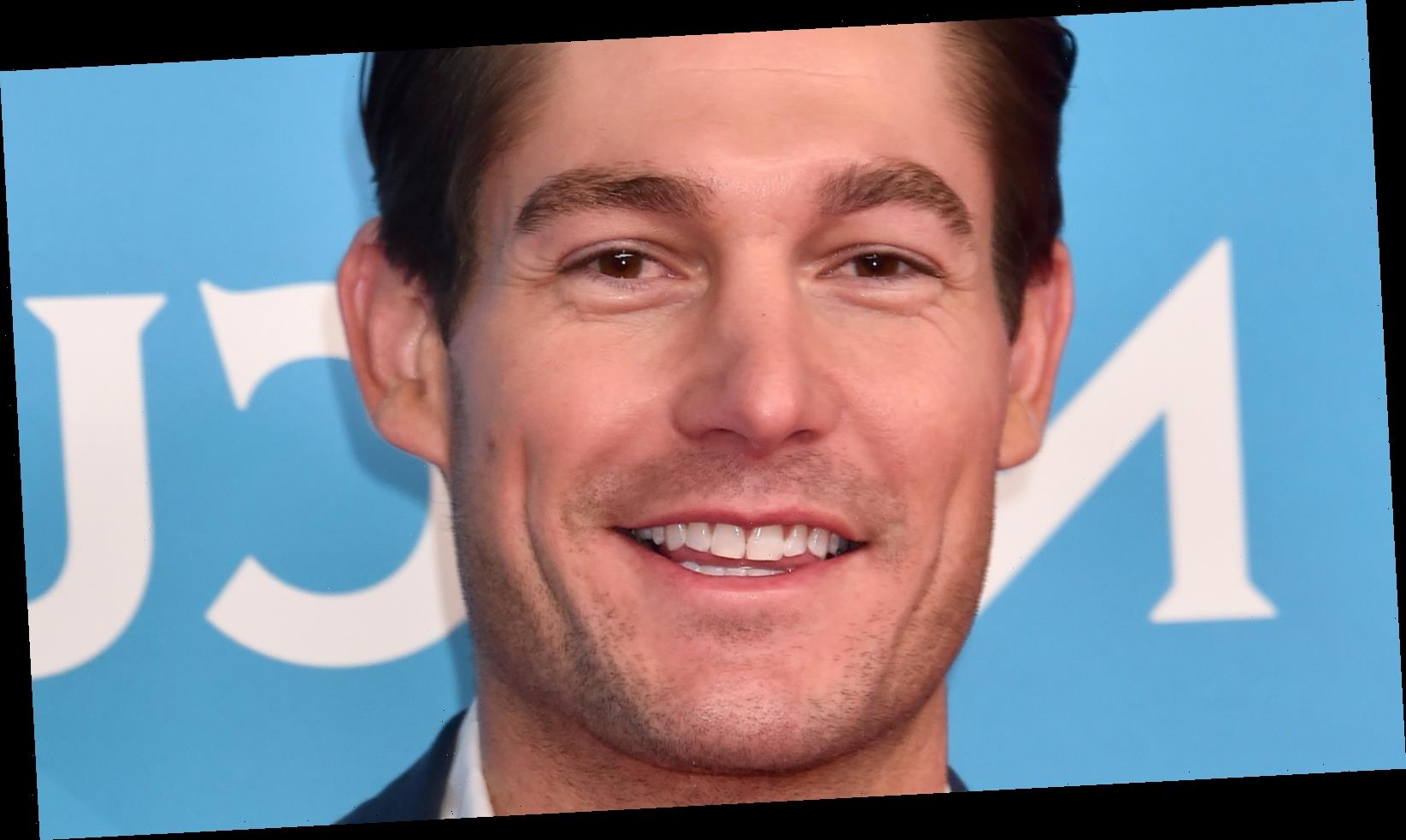In “Darkness by Day,” Argentine Martin Desalvo‘s 2013 breakthrough, a reported rabies outbreak gradually creeps nearer to two women cousins, stuck in their isolated family home. Violence will let reign, but for most of its going, Desalvo seems more interested on building tension and the relationship between the two women.
Eight years later, Desalvo returns with “El Ciego,” another mix of suspense drama, horror beats and character study. Juana, mid-teens, tends a charcoal pit with her drunk, morose father Rubén, and by night slips out to attend house parties with her rap loving friends. One day, she stumbles on El Ciego, a forbidden thicket which, superstition has it, reveal dark secrets. Anybody who enters, moreover, will get lost forever. After penetrating El Ciego, Juana becomes obsessed with knowing more about her mother who died mysteriously when she was a child.
In other hands, this could have become a whodunnit. Desalvo’s film certainly points a finger. “El Ciego,” however, looks much more like a Latin American film which returns to one of the region’s central themes: Absent parents, a generational chasm, and an adolescent left to navigate the passage to adulthood, assailed by the myths, slurs, doubts and guilts of her age and a grim economic future.
Variety chatted to Desalvo as “El Ciego” hit Sanfic Industria, where it will screen in post-production.
As with “Darkness by Day,” “El Ciego” has a central mystery. In this case, it is did Juana’s father kill her mother? But, rather than a whodunnit, its heart seems to be the confusions of adolescence, especially in a world where no adult really talks to Juana. Could you comment?
In these two films I use a central mystery, which the audience gets to understand at the same time as the protagonists, to move the narrative along. However, the emotional heart of the film is the search for a sense of own identity which occurs in adolescence. In Juana’s case, it’s notable how her reality is shaped by a lack of adult models and just how strange that world seems to her.
You’ve said that “El Ciego” is inspired by Horacio Quiroga’s short story “El Hijo.” That seems to cut two ways: A sense of dark fantasy and a self-fulfilling prophecy in that Juana, who’s supposed to discover dark secrets in El Ciego, duly becomes obsessed by her mother’s death. Again, could you comment?
What’s interesting about the complexity of Quiroga’s story, which I regard as a kind of psychological drama thriller, is exactly this combination of elements that drove me to choose the story for adaptation. Quiroga had a marvelous ability to layer a drama grounded in naturalism with a sense of estrangement and fantasy. This mix is found naturally in this region where the characters live and in particular in Juana’s mind. The film is told from her point of view and plays with this confusion, with her memories, traumas, distrust and doubts. So as spectators we enter Juana’s world and, adopting her vision, become part of her journey in search of truth.
“El Ciego” also portrays a specific part of Argentina, rural Misiones, its deep North. Is this setting to remain true to Quiroga’s story, or to deliver a kind of hyperbole of today’s generational chasm, or because of of its attractive specificity?
It’s a good combination of every one of the questions you’ve enumerated; and it’s the setting chosen by Quiroga and in this sense raises specific questions not found in other places. Apart from offering extraordinary landscapes, with natural settings and marvelous people, in practical terms Misiones also has important benefits for production such as a film law and incentives. It has high-quality technicians and a large talent pool including magnificent local actors.
But the real key, I think, was to take advantage of this region and its rural labor to introduce the sense of a lack of future for the young, or the sense that the only future possible is either a life of sacrifice at work or emigration to a big city where, as we know, the future isn’t easy either. All of which means that Juana enters into conflict with her day-by-day existence.
Camerawork in your films is always striking. Here, why the decision to use just natural light?
Camera setups, I think, should be slightly more than just at the service of narrative. In this sense, I’m always concerned about designing beforehand the look that a film will have. DP Carla Lucarella and I thought up a mise-en-scène so that it seemed always to be the natural light of a setting. We tried to take advantage of the atmosphere which the north of Misiones has at this time of the year. In reality, we didn’t just use natural light. We shot in mid-Winter and planned the shoot for the times of the day when the sun was lowest, avoiding midday-light exterior scenes. And we shot various scenes day for night to take advantage of the misty light at evening time, so that it looked like night.

Read More About:
Source: Read Full Article

